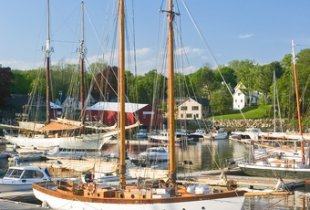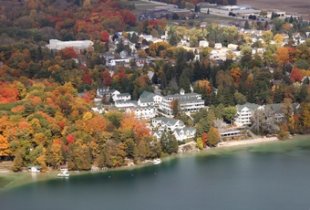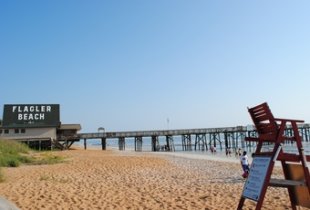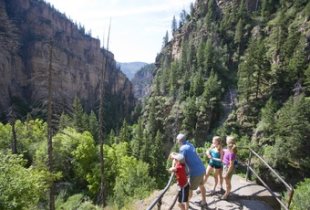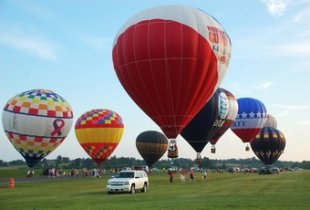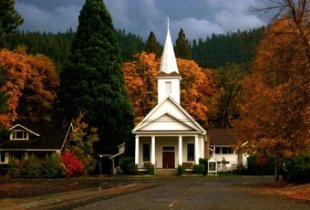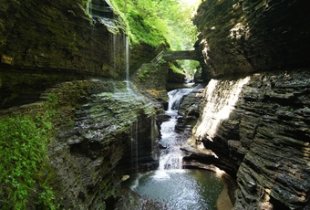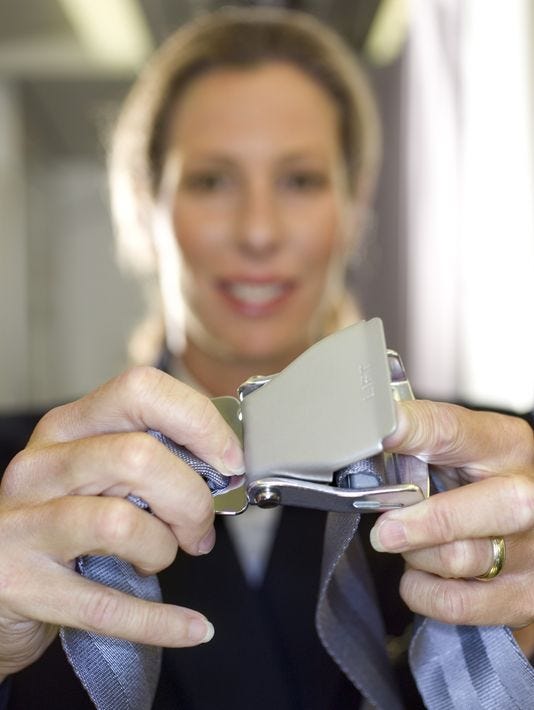There are numerous resources available on the internet to find cheap flights online. This article discusses the primary resources available, the order in which you should use these resources and the pro's and con's of using each resource.
- Begin Your Search at an online travel agency website. It is best to start your online search for cheap flights at an Online Travel Agency website. Online Travel Agencies (or OTA's as they are referred to in the travel industry) provide a good initial resource for searching for flights online. Most OTA's have access to all of the airlines flight inventory which provides a great place to see all of the airlines serving a particular destination. The benefit of using an OTA is that they typically do a-lot of volume with the airlines. This volume allows them to negotiate commission-able deals with the airlines so that they can reduce their service fees. The OTA's are then able to offer you the ability to search for flights on their sites and only charge you a minimal fee for this service. OTA's are a great place to begin your search for cheap domestic airline tickets.
- Compare Your OTA Search Results To A Supplier Website: A supplier website is a website that is owned directly by the airline, such as American Airlines. As 50% of the airline tickets booked online are done through a supplier website, it should be no surprise that one of the best way to find cheap flights is to book directly through a suppliers website. If you know exactly where you are going, and you know that only a few carriers fly to certain destination, then you may just want to go directly to a supplier travel site and compare prices. This can be time consuming and cumbersome however if you are dealing with multiple airlines, require a connection or if you are traveling to an international destination. If you are looking for cheap International Flights, consider option 3.
- Consider Wholesale Travel Websites For Cheap International Flights: Wholesale travel websites work a little differently than the traditional OTA website. Unlike the large OTA's that focus primarily on getting their commissions to reduce their service fees, Wholesale Travel Websites focus primarily on reducing the total cost of the ticket by a percentage, versus a commission. This is how certain Wholesale Travel Sites are able to offer a 20% to 50% discount off of the retail prices shown on the OTA's. Wholesale Travel Sites can save you more money than a retail travel site but their inventory is more limited. Wholesale Travel Websites are much more niche driven, meaning they focus on driving business to certain markets or destinations, primarily international destinations. By focusing on a specific destination, Wholesale Travel Websites can negotiate directly with the airline to get what the Airline Industry refers to as a "Net Rate" or "Net Contract". As these Net Contracts are based on market share, the airlines only give these contracts out to Travel Websites that focus on helping them sell flights to specific destinations. The Airlines also sometimes give out a Net Contracts for Business Class Flights, so wholesale travel websites are a good resource to consider for cheap international business class flights as well.
- Consider A Meta Search Website: A Meta Search site is a website that allows you to search multiple travel websites from one website. The pro's of using a meta search site is they can provide you access to multiple travel sites at the same time. The con's of using a meta search site is that some of them are paid better by certain suppliers to list their information at the top of the page, so sometimes the information provided by a Meta Search Website may be a little biased. In addition, sometimes the Meta Search Websites do not have connections to some of the smaller suppliers or niche driven wholesale travel sites. So they may not always be able to find you the cheapest prices on airline tickets.
Tips
- Use certain online travel sites for certain types of travel - If you know your destination and there are only a few airlines that serve that destination, consider going direct to a supplier website. If there are multiple carriers, use an OTA or a Metasearch website. Finally, if you are traveling internationally, business class or last-minute, consider a Wholesale travel site.
- Book your flights as far out as possible - As anyone who has tried to book a flight home for the holidays in November has found, there are certain busy travel periods of the year that drive the price of airline tickets up. If you know that you are going to travel during a peak time of the year, book as far out as possible (a minimum of 60 days out if possible). If you insist on being a procrastinator, or if you cannot commit to a specific time period, put a reminder of at least 22 days in advance trip on your calendar to remind you to book your flights. As soon as you get within the 21 day window, the airlines yielding systems begin to raise the price of airline tickets, so it is best to book your flights outside of that window.
- Know the best time of the week to buy your airline ticket - There actually is a best time of the week to purchase your airline ticket. The best time is Tuesday night at 12:01 am (Wednesday morning). The reason why this occurs is that airline fare wars usually start on a Fridays. The other airlines match these prices and the fares drop usually through Tuesday morning. As the airlines allow you 24 hours to cancel your ticket, all the flights that were booked on Monday but not purchased go back into the system Tuesday night at 12:01 am. These are typically the cheapest tickets available for the week.
- Use a travel agent for complex flights - For complex itineraries, international flights and last-minute flights, consider using a travel agent. A savvy travel agent that knows how to use the Global Distribution System (GDS) properly will usually find you a better flight deal than you will find online. Especially if they have Consolidator relationships or happen to have good airline contracts at their agency. A travel agent has more control of the information they are receiving from the airlines and subsequently know how to work the system better than a computer (OTA) to find you the best deal on flights. Although it sounds old school, you never want to rule out the option of using a smart travel agent to find the best deal on airline tickets.
- Sign Up for Flight Deals - Although some travel sites may send you deals that are either not bookable or do not match your travel dates, it does not hurt to sign up for travel deals on some of the supplier websites or OTA's travel sites. When they have discounted inventory, they will sometimes notify their members through an email.




